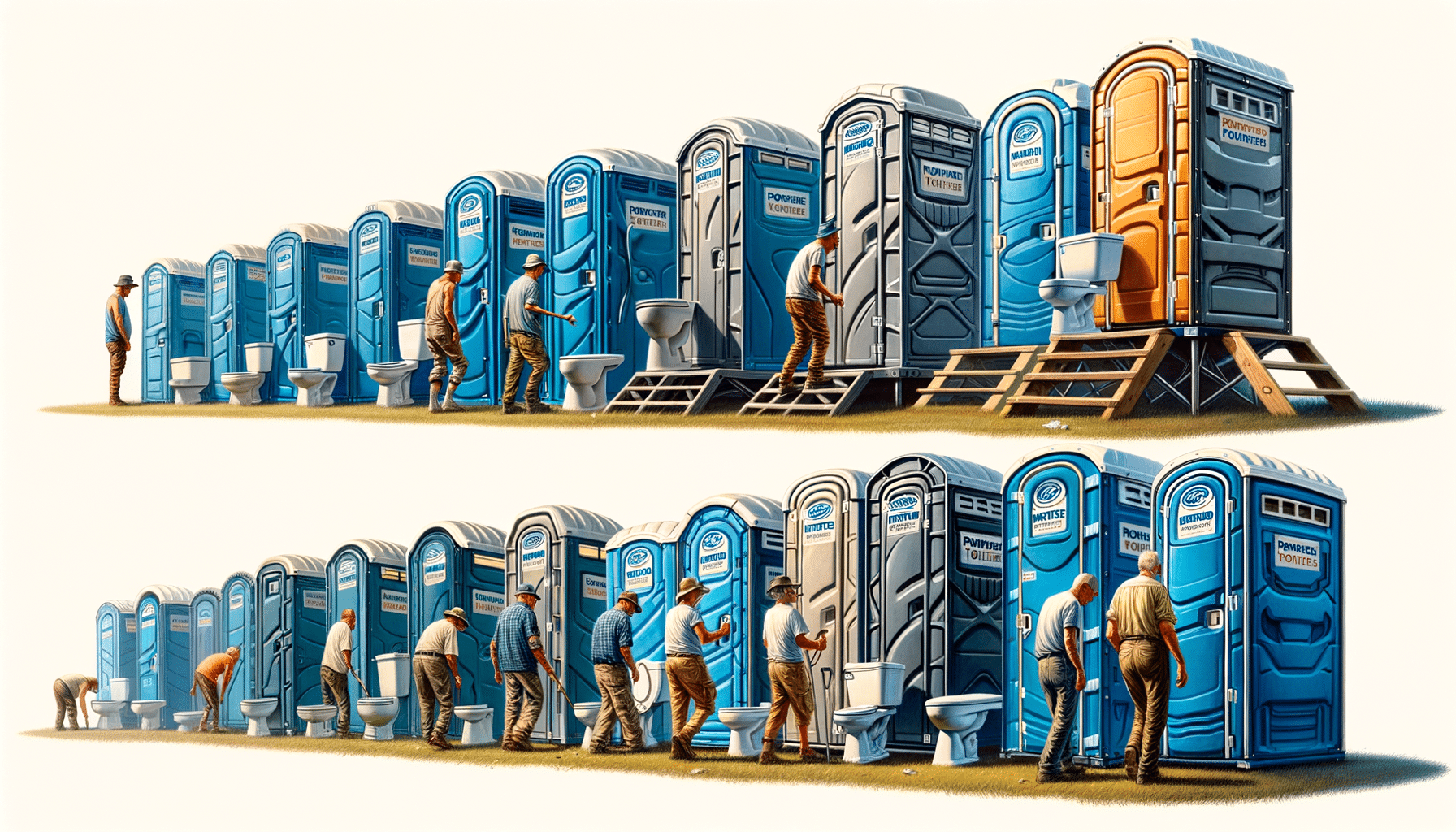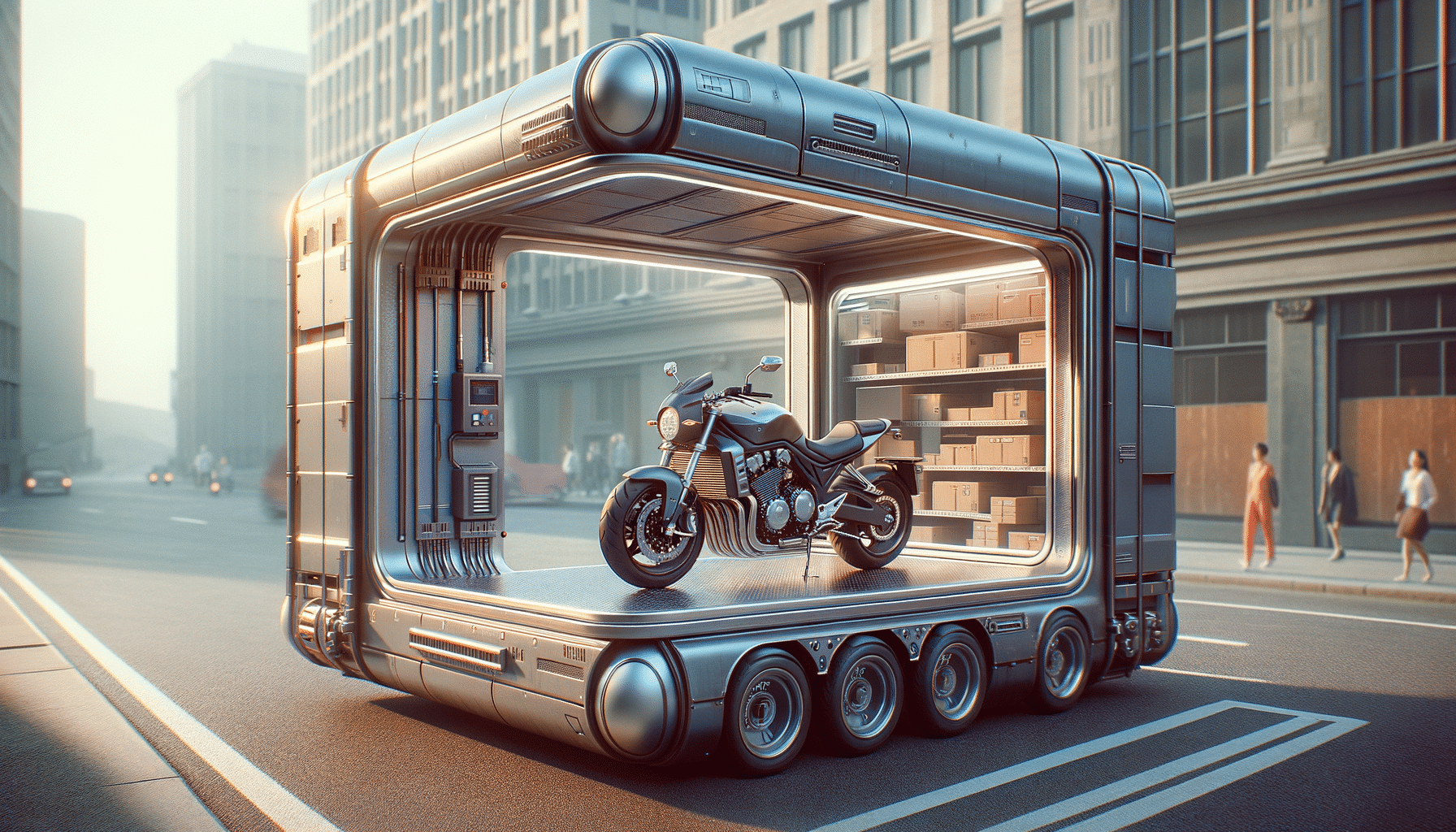
Navigating Through Portable Toilets: A Must-Have for Every Outdoor Event
The Historical Journey of Portable Toilets
Portable toilets have come a long way since their inception. Initially, the concept of a movable restroom was born out of necessity. The earliest versions were rudimentary, often consisting of nothing more than a bucket and a privacy screen. However, as society advanced, so did the technology and design of portable toilets.
In the mid-20th century, the development of lightweight materials such as fiberglass and polyethylene revolutionized the industry. These materials allowed for more durable, weather-resistant units that could be easily transported. This was a significant improvement over the heavy wooden structures that were previously used.
The evolution continued with the introduction of chemical toilets, which used special chemicals to neutralize waste and odors. This innovation made portable toilets not only more sanitary but also more appealing to users. The convenience and functionality of these units have made them a staple at construction sites, outdoor festivals, and public events.
Today, portable toilets are equipped with a variety of features, including ventilation systems, hand sanitizers, and even solar-powered lighting. These advancements have transformed portable toilets from a basic necessity into a comfortable and hygienic option for outdoor events.
The Role of Portable Toilets in Modern Events
In the realm of event planning, portable toilets play a crucial role in ensuring the comfort and satisfaction of attendees. Whether it’s a music festival, a sporting event, or a community gathering, the availability of clean and accessible restrooms is a top priority.
Event organizers have recognized that providing high-quality portable toilets can enhance the overall experience for guests. This is particularly important for large-scale events where permanent restroom facilities are insufficient or unavailable. The strategic placement of portable toilets can help manage crowds and reduce wait times, contributing to a smoother event flow.
Moreover, portable toilets are essential for meeting health and safety regulations. They provide a sanitary solution for waste disposal, which is critical in preventing the spread of germs and maintaining public health standards. In many cases, the number and type of portable toilets required are determined by local regulations, which take into account the expected attendance and duration of the event.
The versatility of portable toilets also makes them suitable for a wide range of environments, from urban settings to remote locations. This adaptability ensures that event planners can provide adequate facilities regardless of the venue.
Innovations in Portable Toilet Design
The design of portable toilets has seen significant innovations in recent years, driven by the demand for more comfortable and user-friendly options. Manufacturers have responded by developing units with enhanced features and improved aesthetics.
One notable trend is the incorporation of eco-friendly technologies. Many portable toilets now feature water-saving flush mechanisms and biodegradable waste treatment systems. These advancements not only reduce the environmental impact but also align with the growing emphasis on sustainability in event planning.
Accessibility has also been a major focus, with the introduction of ADA-compliant units that cater to individuals with disabilities. These units are designed with wider doorways, handrails, and lower sink heights to ensure ease of use for all attendees.
Furthermore, the interior design of portable toilets has been upgraded to provide a more pleasant experience. Features such as anti-slip flooring, ventilation systems, and even music or scent diffusers are becoming increasingly common. These enhancements reflect the industry’s commitment to improving user satisfaction and comfort.
Challenges and Considerations in Portable Toilet Deployment
Despite their many advantages, the deployment of portable toilets presents certain challenges that event organizers must consider. One of the primary concerns is logistics, as the transportation and placement of these units require careful planning and coordination.
Event planners must assess the site layout to determine the optimal locations for portable toilets, taking into account factors such as accessibility, proximity to high-traffic areas, and ease of maintenance. Additionally, the number of units needed must be calculated based on the expected attendance and duration of the event.
Maintenance is another critical aspect, as portable toilets require regular servicing to ensure cleanliness and functionality. This includes waste removal, restocking of supplies, and addressing any technical issues that may arise. Failure to maintain these units can lead to unpleasant conditions and negatively impact the event experience.
Furthermore, weather conditions can pose challenges, particularly for outdoor events. High winds, heavy rain, or extreme temperatures can affect the stability and usability of portable toilets. Event organizers must be prepared to address these issues and implement contingency plans if necessary.
Conclusion: The Indispensable Role of Portable Toilets
Portable toilets have become an indispensable component of modern outdoor events, providing a practical and hygienic solution for restroom needs. Their evolution from basic structures to sophisticated units with advanced features reflects the industry’s commitment to enhancing user experience and meeting diverse requirements.
As event planners continue to prioritize attendee comfort and satisfaction, the role of portable toilets will remain crucial. By understanding the challenges and opportunities associated with their deployment, organizers can ensure that these essential facilities contribute positively to the success of any event.
Ultimately, the presence of well-maintained portable toilets can make a significant difference in the overall enjoyment and safety of outdoor gatherings, underscoring their importance in the landscape of event management.

